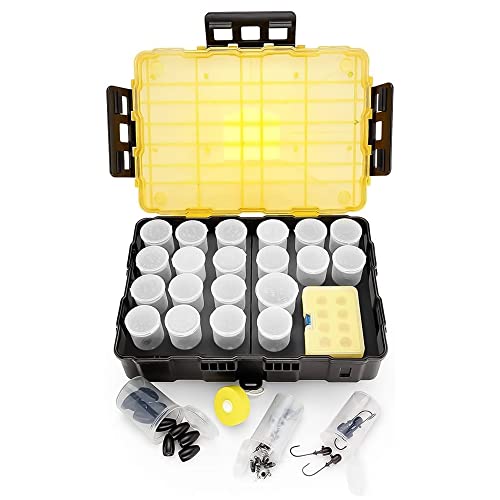don't ever use those brazing rods to attach two pieces of structural materials--and yes any part of a hull is considered structural
those "rods" are brazing rods. Brazing is adding a filler material without actually joining them mechanically all you are doing is making a filler material stick to both without actually joining them; similar to soldering actually
welding is joining of two materials by melting the parts that are to be attached and adding a filler to join them. Sometimes parts can be welded without filler but for this discussion it's not really a consideration (aluminum)
with those soldering rods and a handheld torch you will never be able to focus enough heat to actually weld. Aluminum is an excellent conductor of heat, thus it generally takes more heat to weld a given thickness as it would if you were welding the same thickness stainless or even mild steel alloys. A 1/4" thick piece of aluminum sometimes need 200A of current to weld it, where a steel alloy can usually be done with 150-ish, stainless 125 or thereabouts. You get the idea. A torch will never focus the heat where it needs to be and it won't get it hot enough, if it could get it hot enough it will melt a large area and it falls out. Lastly, welding with a torch introduces gases into the base metal; those gases come from the combustion of the oxygen and acetylene (if using oxy-acet torch), or from the air and whatever gas (Propane?) is used in a hand torch. They have no shielding gas that keeps the oxygen and other impurities out. That's where MIG and TIG come in, using a noble gas (usually Helium or Argon, or a mix of the two in some cases)--both of those gases will help dramatically to keep oxygen/air out of the weld. Oftentimes a good aluminum weld will be much stronger than the base material.
spool gun works pretty good but with aluminum, cleanliness is of absolute importance. Any impurities in the metals being welded will hinder aluminum's ability to be welded properly, and many times introduce porosity, leaks, holes, burn-through situation, etc. Aluminum welding is not for the beginner for sure! TIG is the way to go, but it is a slower process and even more finicky than MIG/spool gun. With the spool gun, you are now introducing a few more ways for the alum filler to become contaminated such as through the drive rollers, the wire itself, through the gun, etc. Everything has to be clean!!
I have seen rolls of alum filler wire (4043, etc) sitting on store shelves, oxidized. And people buy the stuff thinking its' gonna work through a spool gun, and it never does if it's oxidized. Ever.
I have had pretty good success in welding with a spool gun but the spool gun itself is a pain to deal with, heavy, bulky, etc. I have also used a regular 1lb spool of alum wire in a standard mig gun (not spool gun) with a teflon liner and that has worked decent in the past. The problem there is once the wire balls up on the end of the tip, the drive roller will keep forcing it in and it birdnests, then you pull out about 6 1/2 foot of wire, start over, do it again....pretty soon you've gone through the whole spool to make 5 beads 6" long each. BTDT!





















































